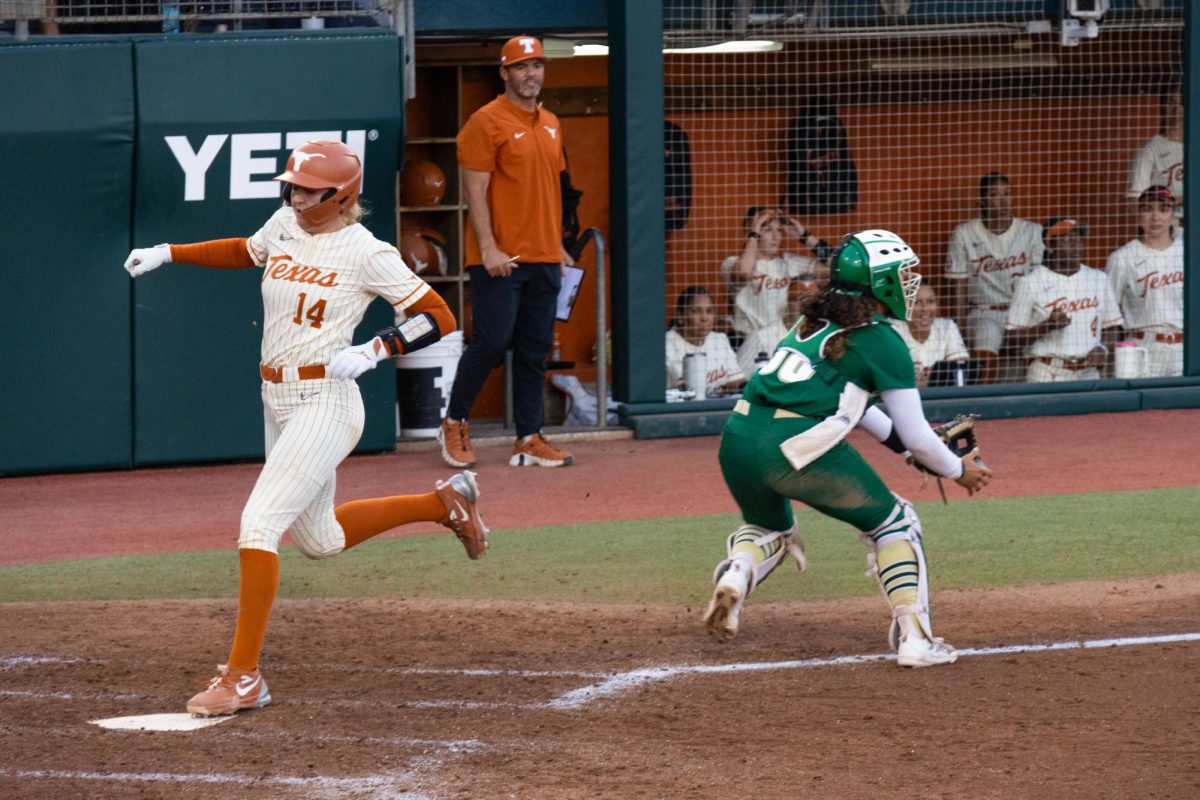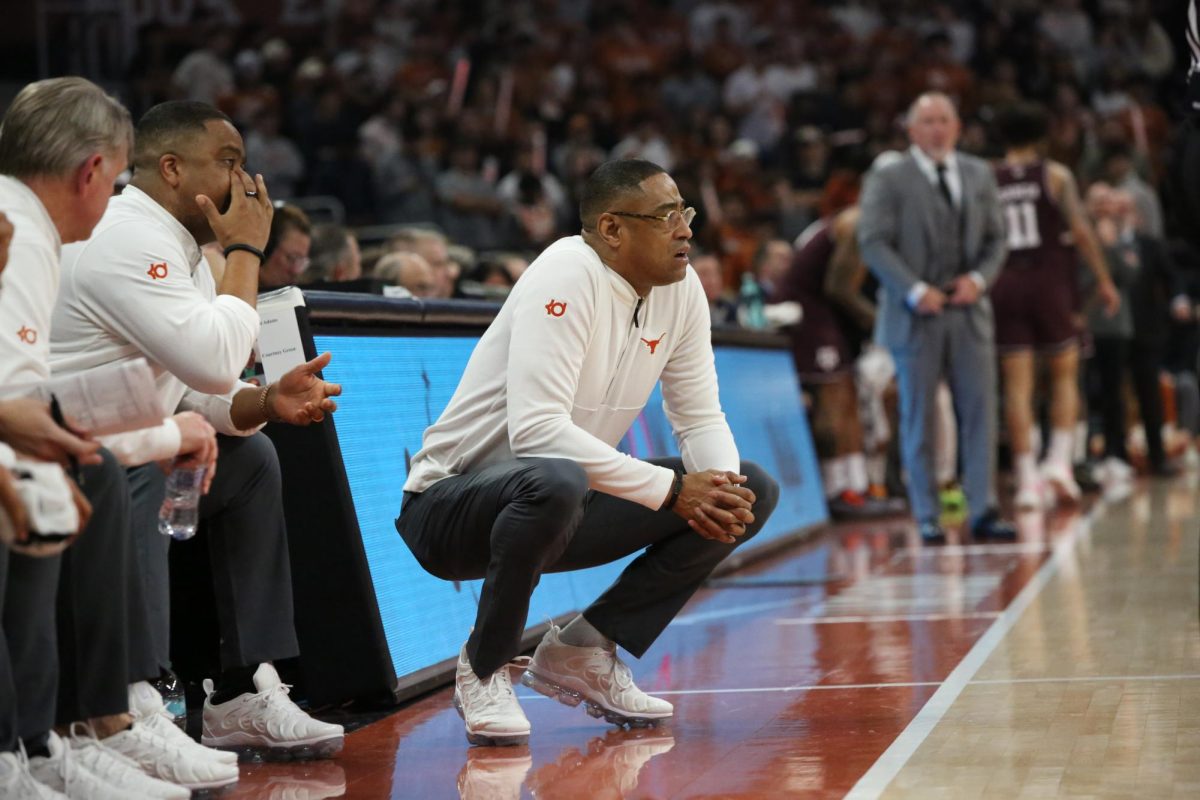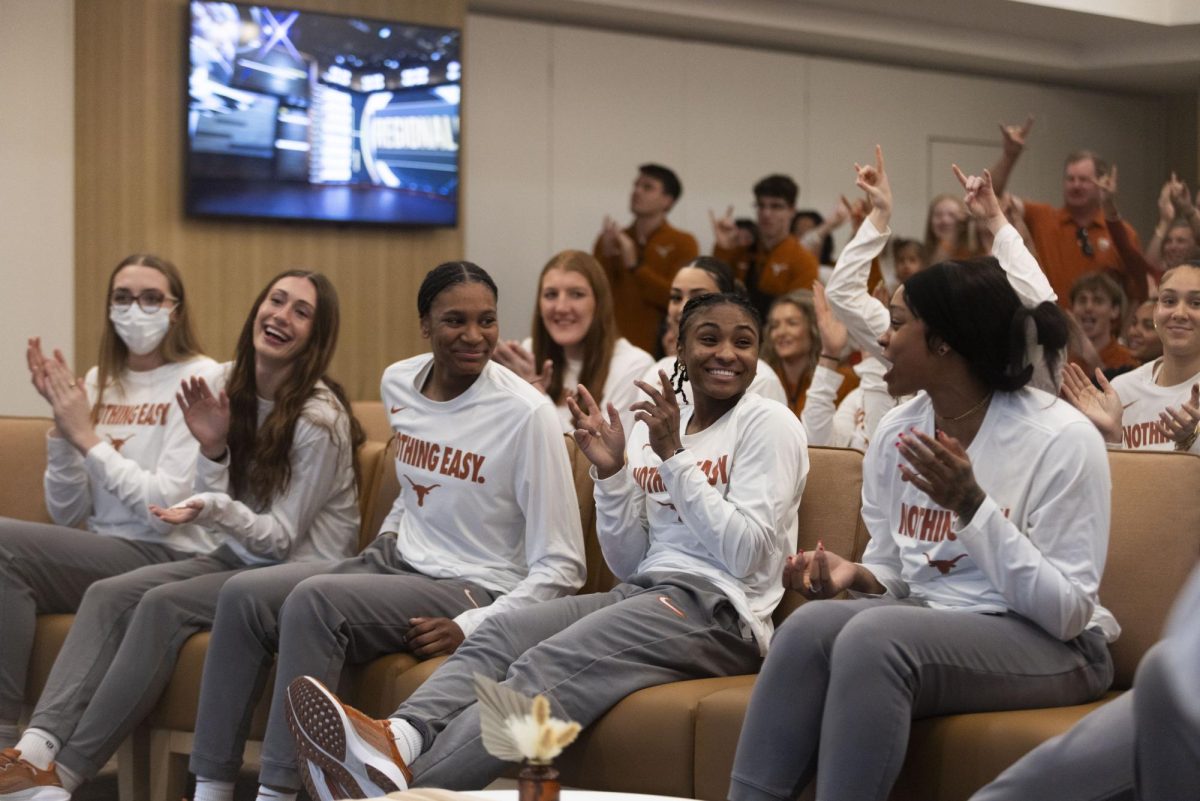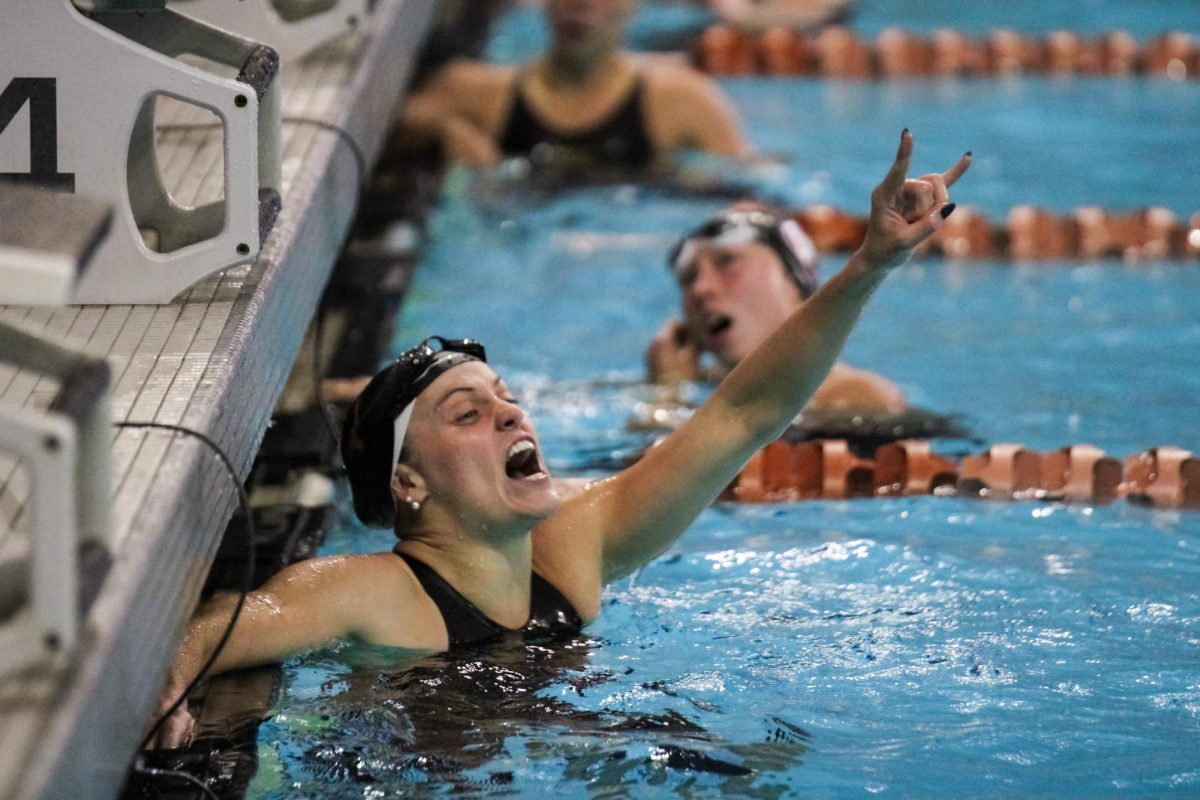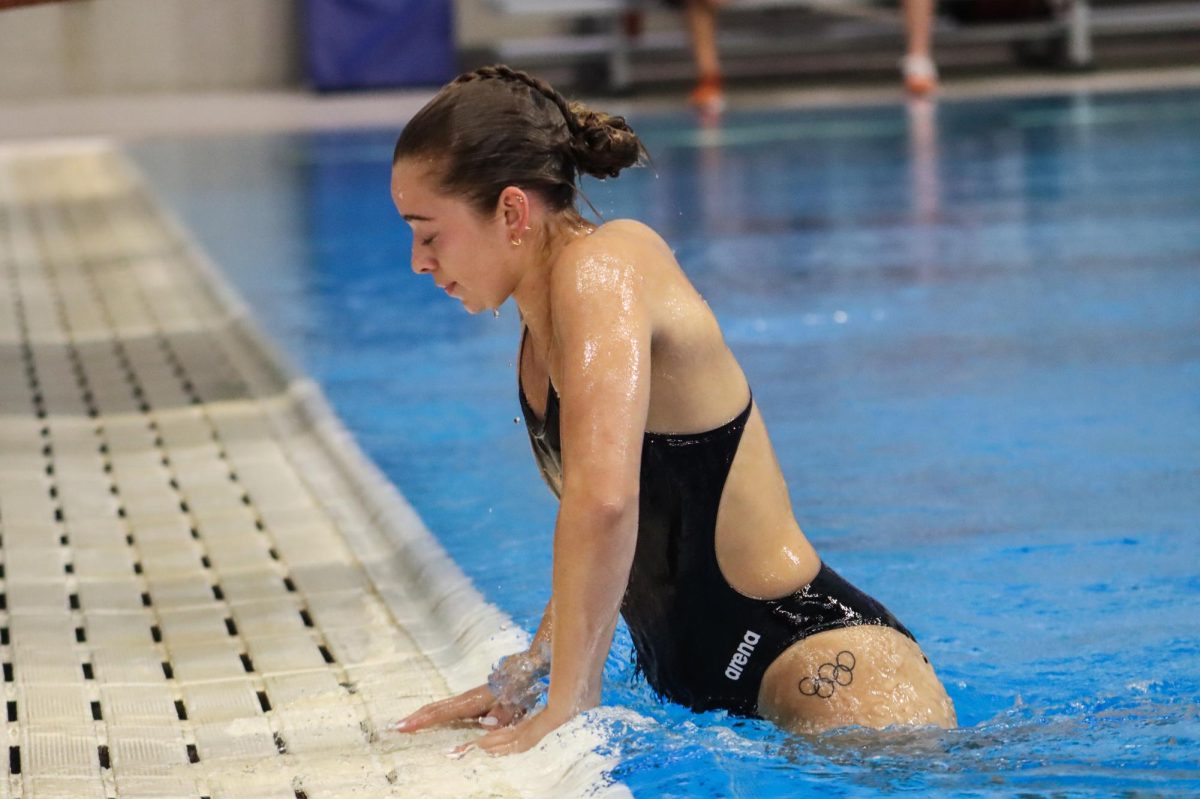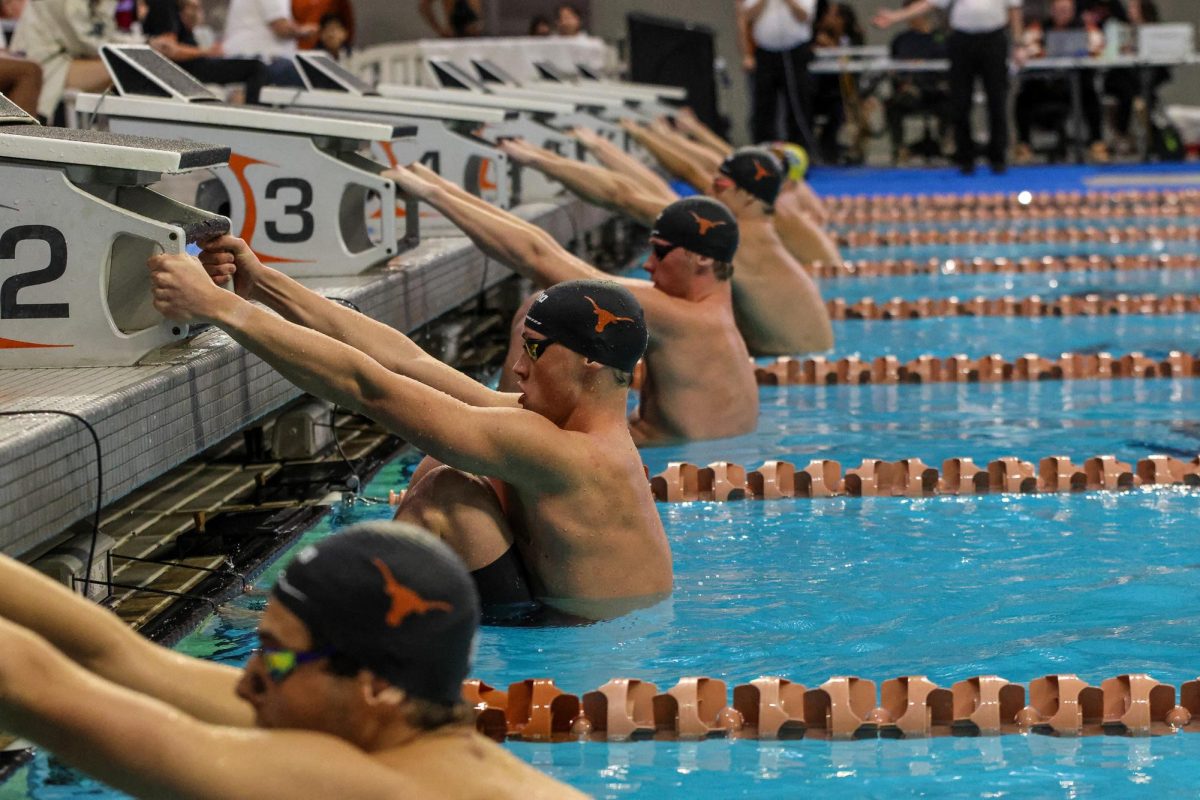Editor’s note: A version of this column previously ran in The Daily Texan opinion section.
Xiaomin Xue always felt like something was off. He grew up in an Asian Christian household in Houston after moving from China at the age of eight. He played and managed sports teams through high school, matriculated to this University and was close with his family. Still, something wasn’t right.
It wasn’t until Xue, a physical culture and sports senior, came to the 40 Acres – still identifying as female – that he learned about the transgender and LGBT community.
“That’s when it all clicked,” Xue said.
Although awareness is growing tremendously, transgender individuals — those who identify as a gender other than the one they were assigned at birth — still compose a small minority in the country. The community represented just three-tenths of 1 percent of the population in 2011. Even in 2013, only 9 percent of Americans knew of close relatives or friends who identified as transgender. As society learns more about the evolving gender spectrum, questions arise.
Athletics generate many of these questions. In a realm where hormones influence ability and outcome, athletics departments aim to promote inclusivity while maintaining a competitive balance between athletes with different hormonal makeups.
For Xue, sports were a source of stability as he transitioned genders. Participating in UT’s intramural program as an athlete, referee and supervisor, Xue found solace at RecSports. His reconstruction surgery and testosterone treatments were stressful, but intramural events offered relief.
Darci Doll, senior assistant director of RecSports, seeks to provide this support.
“We permit students to participate as whichever gender they prefer to identify as with the University,” Doll said. “We want all students to feel comfortable participating.”
Athletics officials around the country have become a model for transgender accommodation. Policies consider scientific research, upholding two principles: competitive balance and consistency. The former requires those transitioning from male to female to take hormones for a year before participating as female; the latter rules that those transitioning from female to male may participate as male without wait, but once an athlete chooses to play as male, he can’t flip back.
“Mostly, we want to be sure that there aren’t limitations imposed on any students that are unnecessary,” said Amy Cassell, who developed policy for an Oklahoma secondary school association. “[We] provide some guidelines [for schools] to determine what gender the student-athlete should participate with.”
Policies at the collegiate level follow similar rulings. The national intramural association is more lenient, following an equity, diversion and inclusion statement to promote transgender student participation. The NCAA’s office of inclusion released a detailed guide following similar principles to the Oklahoma ruling, explaining the nuances of gender, scientific considerations and recommended measures for smoothly integrating transgender athletes onto teams. The guide also emphasizes the importance of re-evaluating policies to reflect updated research.
For athletes like Xue, these guides are critical. He said identifying as transgender isn’t a choice and hopes it won’t restrict his athletic opportunities.
As awareness and acceptance of the gender spectrum continues to rise, society will likely trend toward more inclusivity. In the meantime, athletes like Xue will take to the courts, fields and pools. On the 40 Acres, they’ll also compete in intramural games. Doll and the intramural staff will ensure that.
“If playing sports makes a student happy, we will do everything in our power to make it happen,” Doll said.

